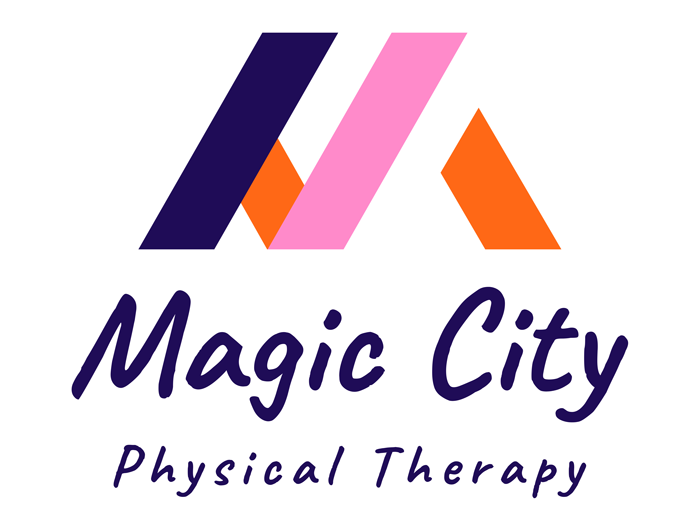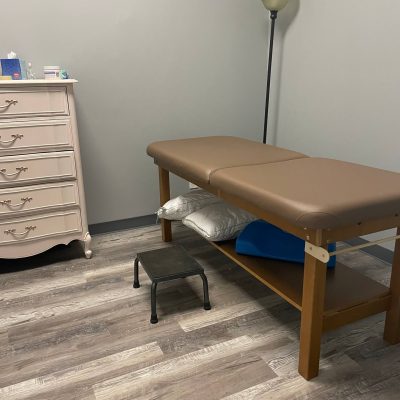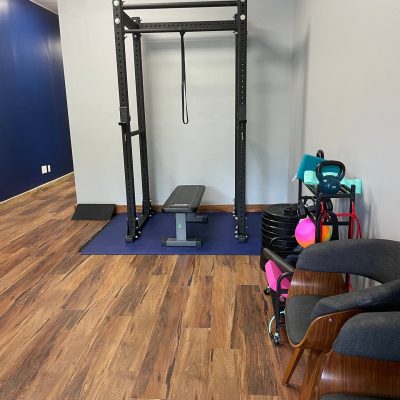When people think about pelvic floor therapy, they often picture postpartum recovery or treatment for bladder leakage. But there’s another important—and sometimes overlooked—area where pelvic floor therapy can make a profound difference: sexual function.
Sexual pain, difficulty with arousal, or a sense of reduced satisfaction can be frustrating, isolating, and confusing. These challenges are common, but they are not something you just have to “live with.” As a pelvic floor physical therapist, I help people every day address the physical components that influence sexual health and enjoyment.
Your Pelvic Floor: More Than Just “Support” Muscles
The pelvic floor is a group of muscles, fascia, and nerves that line the base of your pelvis. These muscles do more than hold up your bladder and bowel—they also:
- Contribute to sexual sensation
- Help with arousal and orgasm through coordinated contraction and relaxation
- Provide blood flow to genital tissues
- Support pain-free penetration and movement
If these muscles aren’t working well—whether they’re too tight, too weak, or not coordinating properly—they can directly affect sexual comfort and satisfaction.
When Pelvic Floor Issues Affect Sexual Function
- Pain with Intercourse or Penetration
Pain during sexual activity is one of the most common concerns I treat. Sometimes, the pelvic floor muscles become overactive or guarded—often after childbirth, pelvic surgery, injury, or trauma. Tight muscles can make penetration feel sharp, burning, or impossible.
- Difficulty with Arousal or Orgasm
Arousal and orgasm rely on healthy nerve signals and good blood flow, both of which can be influenced by pelvic floor function. Weakness, scar tissue, or nerve irritation can reduce sensation or make climax harder to achieve.
- Reduced Satisfaction
Even if sex isn’t painful, muscle imbalances or lack of coordination can impact the feeling of fullness, intensity of contractions during orgasm, or overall connection to the experience.
How Pelvic Floor Therapy Helps
- Addressing Pain
Through gentle, trauma-informed manual therapy—either externally or internally—we can release tension, improve tissue mobility, and restore normal muscle tone. This allows the pelvic floor to lengthen and move comfortably during sexual activity.
- Improving Blood Flow & Sensation
Targeted exercises and mobility work help improve circulation to the pelvic region, which can enhance natural lubrication, increase sensitivity, and support arousal.
- Restoring Coordination
Sexual function depends on the pelvic floor being able to both contract (for orgasm and sensation) and relax (for penetration and comfort). Therapy includes retraining these patterns so your body responds naturally.
- Supporting Emotional Safety
Many people experiencing sexual difficulties carry a layer of anxiety, embarrassment, or fear around intimacy. As pelvic floor PTs, we approach these conversations openly, without judgment, and often collaborate with mental health providers to address the emotional side alongside the physical.
A Typical Pelvic Floor PT Approach
While every plan is individualized, here’s what we may focus on:
- Education: Understanding how your anatomy and nervous system influence sexual function.
- Breathing Strategies: Using the diaphragm–pelvic floor connection to release unnecessary tension.
- Manual Therapy: Gentle internal or external work to address muscle tightness, scar tissue, or nerve sensitivity.
- Strength & Endurance Training: When weakness is the issue, learning how to contract effectively and sustain engagement during activity.
- Desensitization & Gradual Exposure: If pain has been present for a long time, we may introduce gradual tolerance-building techniques to retrain comfort with touch or penetration.
Beyond the Pelvic Floor
Sexual function is influenced by your whole body and mind. That’s why pelvic floor therapy often includes:
- Hip and core mobility work to reduce pelvic tension
- Posture and movement retraining for better blood flow
- Nervous system regulation techniques for reducing anxiety around intimacy
- Collaboration with healthcare providers (OB/GYN, urologist, mental health professional, sex therapist) when needed
When to Consider Pelvic Floor Therapy for Sexual Health
You may benefit from pelvic floor therapy if you experience:
- Pain during or after intercourse
- Pain with tampon use, pelvic exams, or other penetration
- Difficulty achieving orgasm or reduced sensation
- A feeling of “tightness” or “blockage” in the pelvic area
- Loss of interest in intimacy due to physical discomfort
The Takeaway
Sexual pain or difficulty isn’t “just in your head,” and it’s not something you have to accept as normal. Your pelvic floor plays a major role in sexual comfort, arousal, and satisfaction—and like any other group of muscles, it can be trained, rehabilitated, and supported.
Pelvic floor therapy offers a safe, effective, and compassionate space to address these concerns, so you can reconnect with your body and your relationships with confidence.







